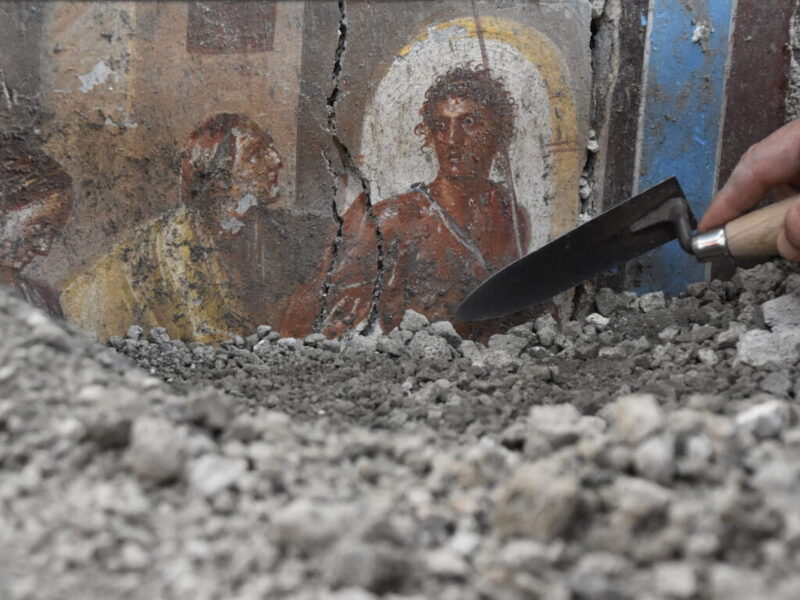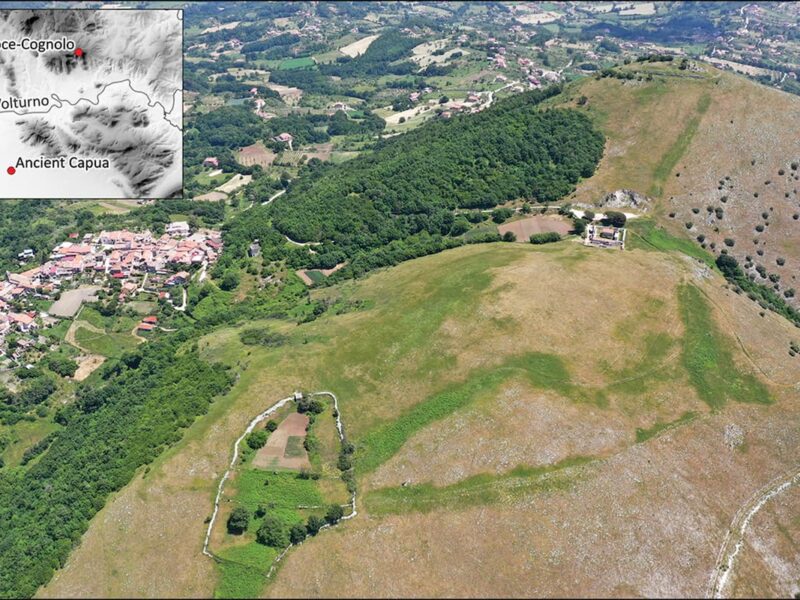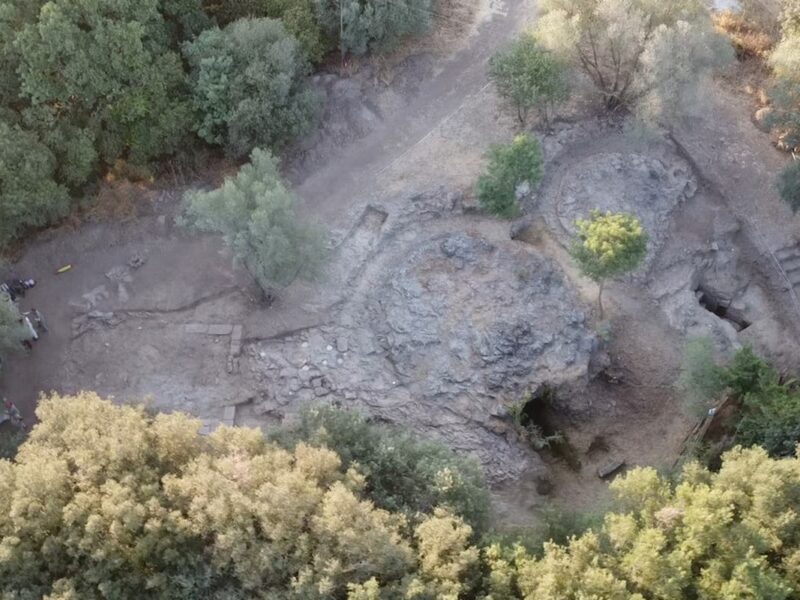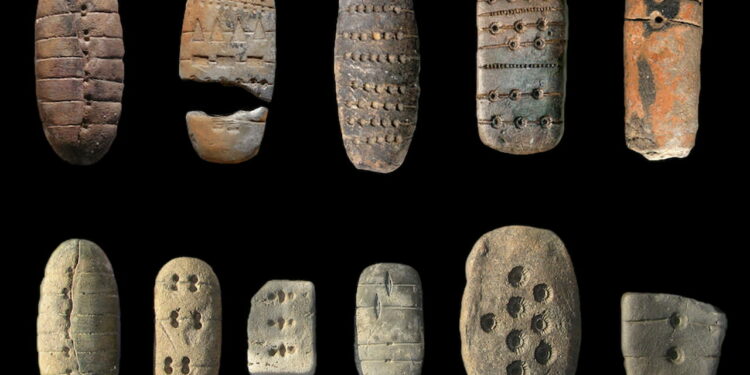In a recent exhibition organized in Italy, one hundred of the approximately three hundred known tablets were displayed, sourced from museums throughout Europe. This event, accompanied by a scientific conference, has renewed interest in these pieces, and although no definitive interpretation has emerged so far, the consensus among specialists is that these tablets played a relevant role in Bronze Age trade networks, possibly as a form of “tags” or seals for goods.
Of particular interest is the site of Lucone, which has provided the largest number of enigmatic tablets (19 in total), both in terracotta and stone. These pieces show an evolution in designs: while the oldest examples only have imprinted dots, later versions display much more complex lines and geometric figures. These characteristics have led some scholars to propose that the tablets may have functioned as calendars or accounting tools, though others suggest they were a form of proto-writing, used to convey commercial or social information.
The geographic distribution of these tablets is another key factor in their analysis. Although more common in northern Italy, they have also been found in the Alpine region and southern Germany, where they feature local variations in decorative motifs. For example, in Switzerland and Germany, rectangular patterns are more prevalent, while circular and spiral designs dominate in Italy.
Some of the most intriguing finds come from sites in the Danube basin, where tablets with radiant incisions and patterns distinct from those of Italy or Switzerland have been discovered. This variation in motifs suggests that, while the tablets likely shared a common function, they also reflected regional cultural and artistic influences.
Current evidence suggests they may have been used as a form of identification or accounting within trade networks connecting different Bronze Age cultures, though their ritual or symbolic function cannot be ruled out. Another hypothesis associates the tablets with the concept of ancient currency in an era when bartering was common. Thus, they might have served as credits indicating what the debtor still owed when they had nothing to trade at that time.
Color residues found on some tablets may suggest their use as stamps or labels for goods, consistent with the presence of inlays in various geometric shapes. Nevertheless, proving this theory is challenging. Today, the Enigmatic Tablets continue to present numerous questions to researchers: Were these loaf idols early communication means, trade tokens, religious symbols? Did they serve a calendrical function? Or were they intended for a completely different purpose?
This article was first published on our Spanish Edition on October 25, 2024: Tablillas Enigmáticas, los pequeños artefactos de la Edad del Bronce encontrados por todo el centro de Europa que nadie sabe para qué servían
Discover more from LBV Magazine English Edition
Subscribe to get the latest posts sent to your email.

The rivalry between Rome and Carthage for control of the western Mediterranean culminated in the three Punic Wars, fought between the two powers from 264 B.C. to 146 B.C., ending…

Although it seems more characteristic of earlier times, cavalry remained active until the mid-20th century. We’re not referring to the modern concept, in which the name has been adopted by…

For centuries, children in Ancient Egypt learned to read using a text known as The Satire of the Trades, a document dating back to around 2400 BCE. This educational text…

On October 31, 2009, an elderly man, nearly a century old, passed away in Beijing. His name was Qian Xuesen, and in China, he is considered a national hero for…

A recent study has brought to light interesting details about the distribution and consumption patterns of two of the most important wines in the eastern Mediterranean during Late Antiquity. These…

Atlas was one of the Titans in Greek mythology, son of Iapetus and the Oceanid Clymene, and brother of Prometheus. After the war against the Olympian gods, Zeus condemned him…

Recent excavations in the Insula dei Casti Amanti, located in the vibrant central neighborhood of the ancient city of Pompeii, have brought to light a new and fascinating house without…

A recent archaeological study has questioned one of the most widely accepted theories about the hillforts of the Samnites, an ancient Italic people. For a long time, it was believed…

The recent excavation at the Minoan palace of Archanes, in Crete, has yielded an extraordinary and unique discovery under the direction of archaeologist Dr. Efi Sapouna-Sakellarakis. This investigation, which seeks…

A remarkable discovery has emerged from the depths of the Tina Jama cave, located in the Karst region of northern Italy near the Slovenian border. Archaeologists from the University Ca’…

If we combined the premise of the movies Match Point and Final Destination, the result could very well be called Yuri Yudin. This was the name of a young Soviet…

The Etruscan necropolis of Sasso Pinzuto, located near Tuscania in the Italian region of Lazio, has been the subject of a new geophysical study conducted by a team of researchers…
Load more articles
Something went wrong. Please refresh the page and/or try again.
Source link : https://www.labrujulaverde.com/en/2024/10/enigmatic-tablets-the-small-artifacts-from-the-bronze-age-found-across-central-europe-that-no-one-knows-the-purpose-of/
Author :
Publish date : 2024-10-25 08:05:00
Copyright for syndicated content belongs to the linked Source.


